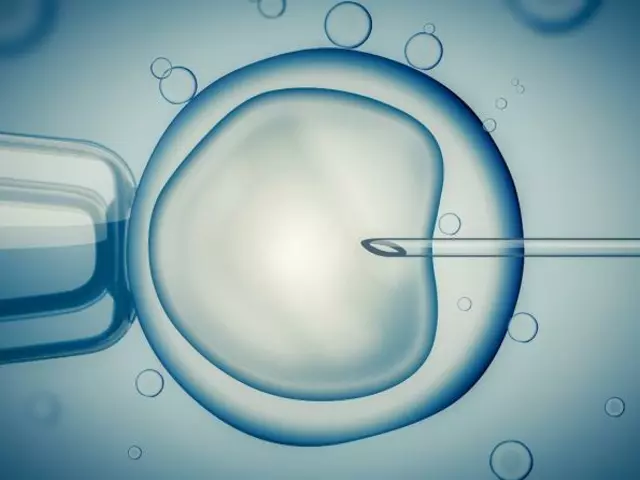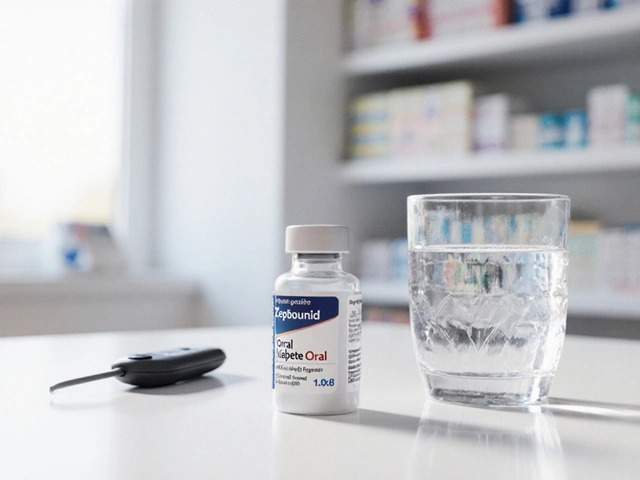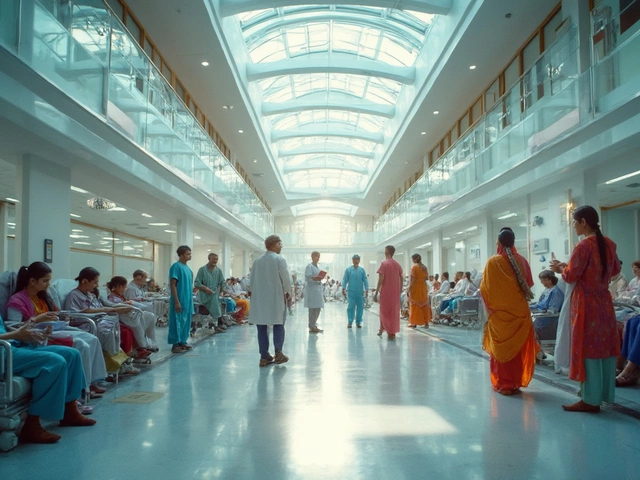Stage 4 cancer sounds like the end of the road, but for some people, it hasn't been. This article digs into who has survived, why outcomes can be so different, and what treatments actually made a difference. You'll find honest examples, treatment tips, and straight answers about whether recovery is possible. Plus, there are some practical tips for anyone who wants to take action now. It's all about cutting through hype and getting real about what's possible.
Read MoreCancer Recovery: Practical Tips for a Pain‑Free Journey
Finishing chemo or radiation is a huge milestone, but the real work starts after treatment ends. Your body is still healing, your energy levels may be low, and you might wonder what to do next. This guide gives you simple, everyday actions you can take to feel better faster and keep the cancer away.
Managing Side Effects After Chemo
Most people experience fatigue, nausea, or nerve tingling after chemotherapy. The first step is to talk to your oncologist about any symptom that feels odd – they can adjust meds or suggest low‑dose supplements. For fatigue, try short, frequent walks instead of long sessions. Even a 10‑minute stroll outside can boost stamina without over‑exerting you.
Nausea often improves with small, bland meals. Keep crackers, ginger tea, or plain rice handy. If you need to eat, choose a few bites every couple of hours rather than three big meals. Hydration matters too – sip water, coconut water, or electrolyte drinks throughout the day.
Brain fog is another common complaint. Write down appointments and to‑do lists, and set phone reminders. Simple puzzles or reading a few pages each day can keep your mind sharp without causing stress.
Nutrition and Lifestyle for Healing
What you eat now can help repair cells and give you more energy. Aim for a colorful plate: leafy greens, berries, lean protein, and whole grains. Foods rich in antioxidants, like turmeric, garlic, and green tea, have been shown to support recovery.
Protein is crucial for rebuilding muscle after surgery or chemo. Include beans, low‑fat dairy, eggs, or fish at each meal. If you’re struggling with appetite, blend smoothies with protein powder, fruits, and spinach – you’ll get nutrients without feeling full.
Sleep quality influences how fast you bounce back. Keep a regular bedtime, dim the lights an hour before sleep, and avoid screens. A cool, dark room helps your body release the hormone melatonin, which promotes healing.
Stress can slow recovery, so find a calming habit you enjoy. It could be yoga, gentle stretching, meditation, or simply listening to music while you sip tea. Even five minutes a day can lower cortisol levels and improve mood.
Regular check‑ins with your healthcare team are vital. Keep a symptom diary and bring it to appointments. That way, doctors can spot patterns and tweak treatment plans quickly.
Support groups, either in person or online, give you a place to share fears and victories. Hearing others’ stories reminds you that you’re not alone and often reveals practical hacks you might not have tried.
Finally, celebrate small wins. Whether you walked an extra block, cooked a healthy dinner, or slept through the night, give yourself credit. Recovery isn’t a straight line, but each positive step adds up.
By staying active, eating mindfully, and leaning on professional and community support, you can turn the post‑treatment period into a time of strength and hope. Remember, the body has a remarkable ability to heal – you just need to give it the right tools and encouragement.





